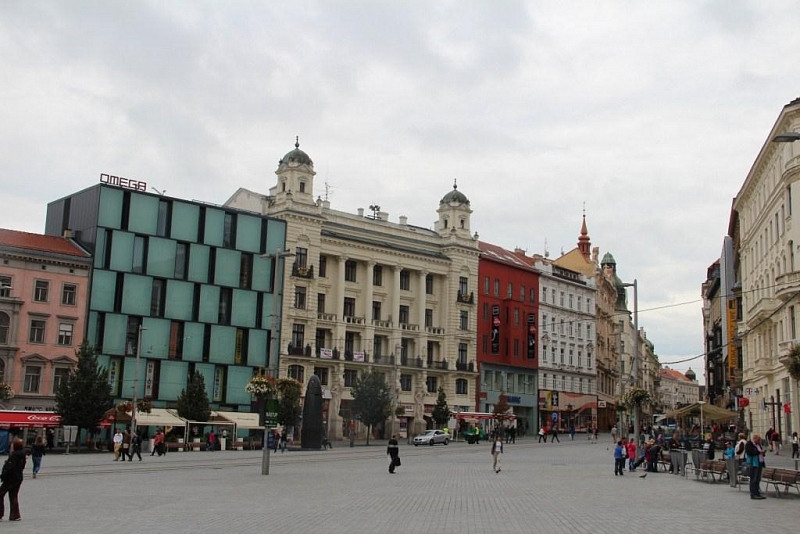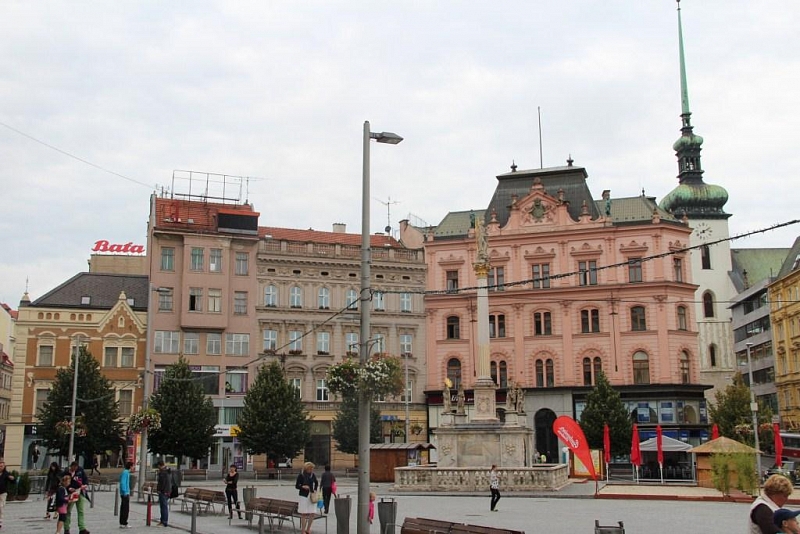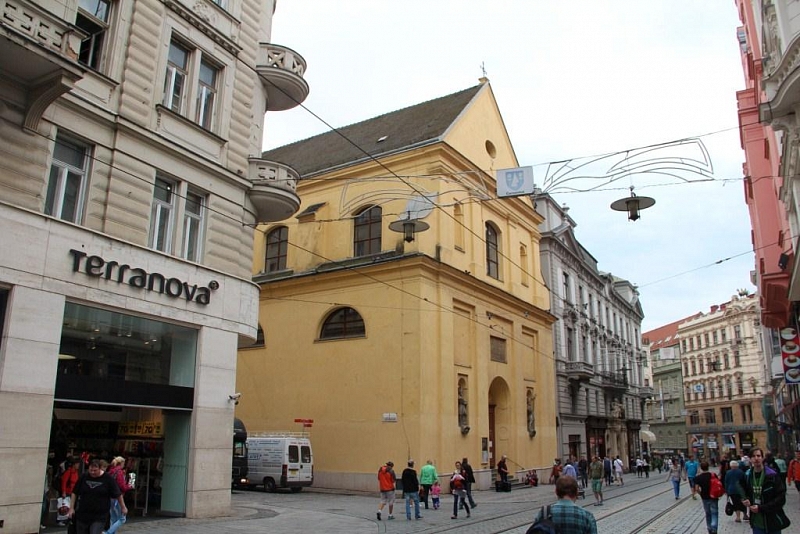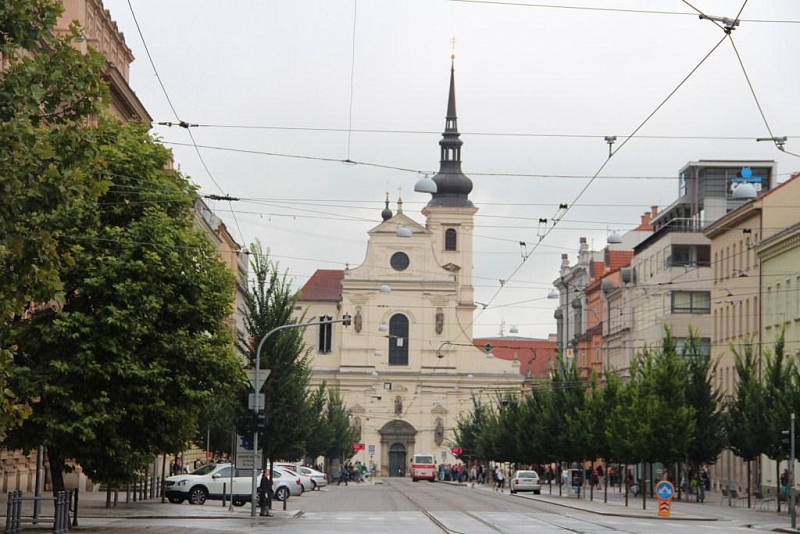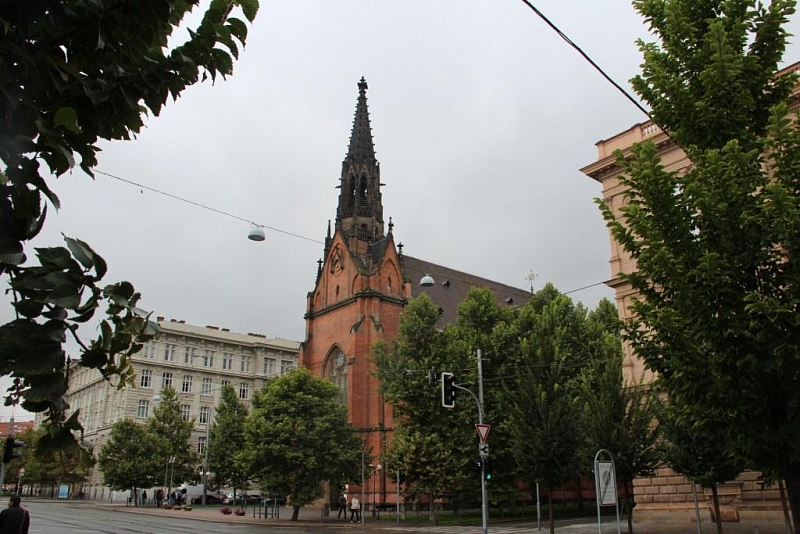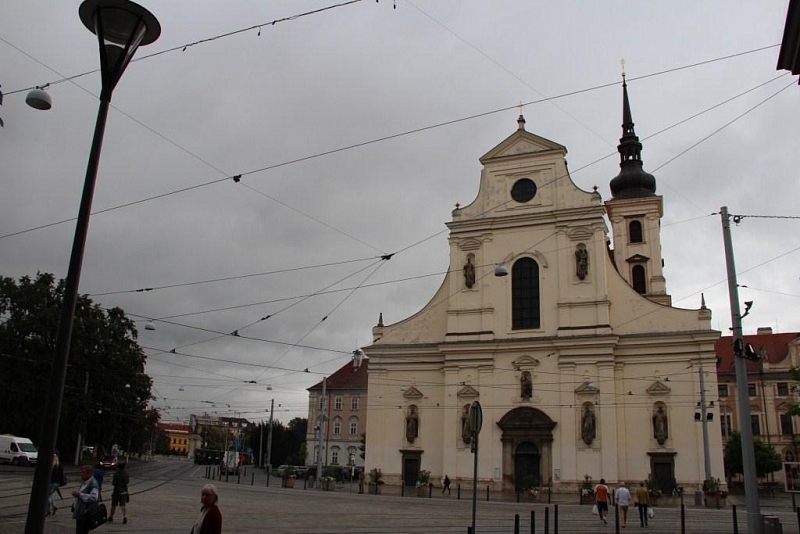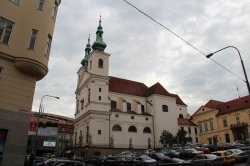Brno - South Moravian metropolis
The name of our second largest city and metropolis of South Moravia is undoubtedly known to everyone. It is Brno, a cultural, administrative and historical center, an important traffic junction, extending in a picturesque region, which today has approximately 366,000 inhabitants. It lies on the rivers Svitava and Svratka in a basin surrounded on three sides by wooded hills.
Information for visitors
Interesting facts Brno - South Moravian metropolis
History of the town
The Brno Basin has been inhabited since prehistoric times, and during the Great Moravian Empire it became a housing estate. The present-day Old Brno used to be a settlement at the ford across the Svratka River, which was founded around the year 1000, and near which the Břetislav Castle and other market villages were built. In 1243, this seat gained a number of privileges and was also promoted to a town.
Towards the end of the 13th century, Špilberk Castle acquired a Gothic appearance and during the 14th century the importance of the town increased significantly. The Moravian margravates were based here, international trade took place here, and in 1355 Jan, the town hall scribe, compiled the Book of Statements of the Brno Consuls, a legal model for many other cities. The Moravian Land Assemblies were held here and the town was headed by a mayor and a council of twelve councilors.
During the Hussite fighting, the city was twice unsuccessfully besieged by King Sigismund and the Hussites. Later, the town sided with Matyáš Korvín and due to his frequent skirmishes with King George of Poděbrady, the town began to stagnate slightly over the next two centuries. Later, with re-Catholicization efforts, new orders were brought to the city, the most influential of which were the Jesuits and the Capuchins.
During the Thirty Years' War, Brno was the only Moravian city that resisted the siege of the Swedes, thanks to which it was granted additional privileges. Even after the Thirty Years' War, no one managed to conquer it.
During the 18th and 19th centuries, industry and trade flourished here, and the year 1839 went down in history as the year in which the first train arrived in Brno. Brno gradually expanded by another district and slowly lost its fortress character, which also applies to the Špilberk castle itself, which at that time served as a prison. New green areas, the city ring road and the connection of 32 surrounding municipalities to Brno date back to the second half of the 19th century.
In 1919, Masaryk University and later Mendel University of Agriculture and Forestry were founded. During the First Republic, Brno already had almost 300,000 inhabitants.
The period of the Second World War and the period of communism brought stagnation to Brno, which changed only after 1989.
Historical monuments and interesting places in Brno
The center and the most famous monument in Brno is undoubtedly the castle Špilberk and subsequently also the Cathedral of St. Peter and Paul. Significant ancient buildings include the Měnín Gate, the Capuchin Monastery with a crypt, the local old town hall and the Red Church. Denisovy sady or the park near Petrov promise a nice walk.
Modern architecture is represented by a UNESCO-listed monument, Villa Tugendhat.
Church monuments are represented in Brno by the Church of St. Michala, sv. Of St. James or St. Thomas and many other churches and monasteries.
A quiet place is the surroundings of the Brno dam, the Zoological Garden or the Veveří or Lužánky castle - the local park near the city center.
Author: Andrea Štyndlová
